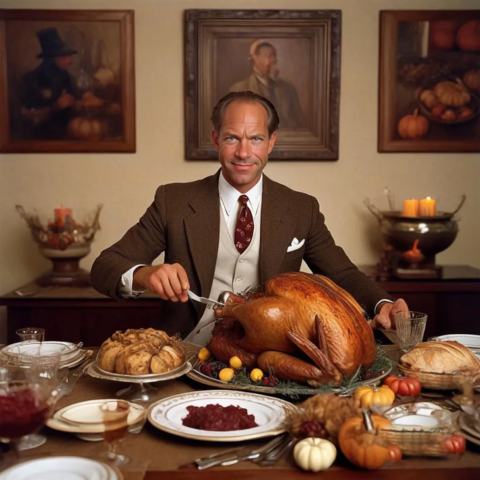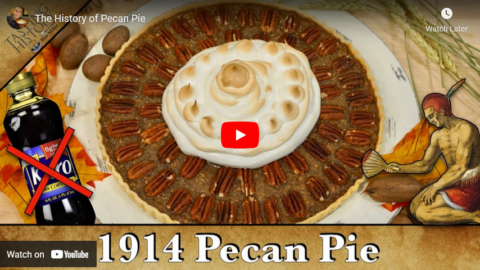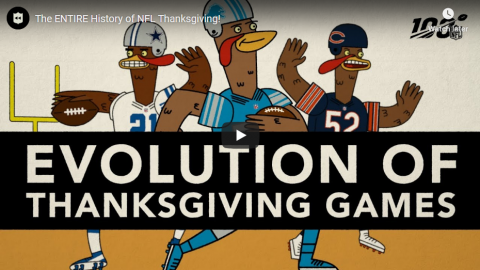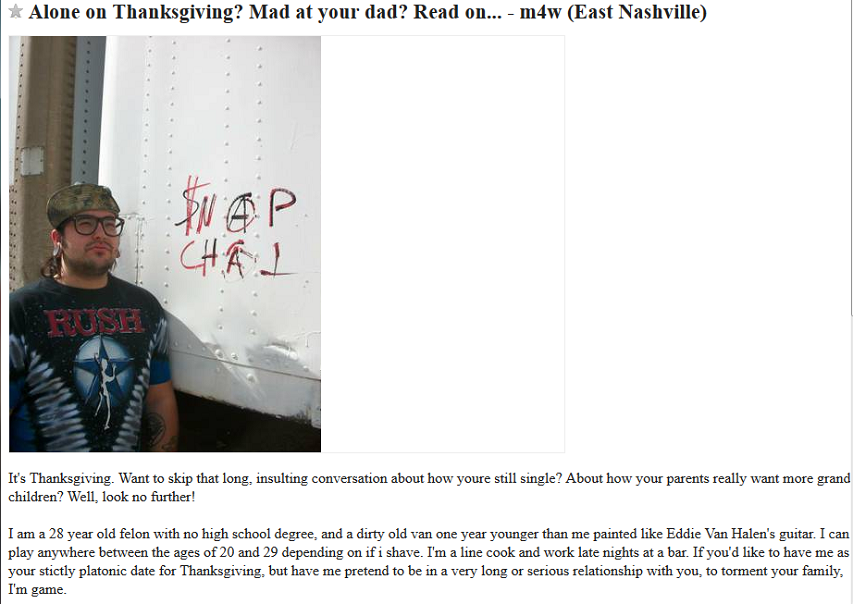Real Thanksgiving happened over a month ago, but our American friends constantly mis-read the calendar and schedule their event near the end of November instead. Just another one of those minor differences between the two countries, I guess. One thing that is similar, regardless of the month the holiday is celebrated, is the eternal Thanksgiving dilemma: is it best to be a host or a guest?
I don’t know what’s better: hosting Thanksgiving, or being a guest. And I don’t know which is worst, either. Each has its perils and pleasures.
Hosting: it’s so draining, so exhausting. I mean, watching your wife work so hard, it just takes it right out of you. Kidding: I help as best as I can, but it’s with the non-food jobs. My Thanksgiving culinary skills are limited to spanking the cranberry cylinder out of its can. I do the Cleaning. I make sure the wine glasses out, and the right ones — can’t have people drinking red out of white glasses, or the world as we know it would come to an end. I get the water pitcher down from the top shelf. No, not that one, the good one. The other good one. I vacuum and dust, in case guests want to push the piano away from the wall and check out our housekeeping.
[…]
Being a guest is hard because you just sit and wait and talk, and periodically say “anything I can do?” No. There is nothing you can do. So you drift to the living room where the kids are playing – all these small children, where did they come from? Just a few years ago their Mom or Dad was at your house at the kid’s table. And now they’ve reproduced. Hey, there’s football! You sit with the other guys and share the overhanging cloud of guilt — the womenfolk are doing everything, and you’re in here watching the Lions (why is it always the Lions). Occasionally one of the sisters or daughters who’s not doing anything at the moment wanders in and requests that someone explain football to her, and then she picks a team and gets excited when a player makes a great catch. Then she goes back to the kitchen and will not think about football for another year.
If I had to choose, I’d host, rather than be a guest. For some odd reason my wife at this point in life probably thinks the obverse. But I’ve noted over the years that even if you’re a guest at a family member’s thanksgiving, all the women end up in the kitchen anyway, talking amongst themselves about mysteries no man will ever know.
There’s a third option between guesting and hosting. For a few years we drove up to Fargo and had Thanksgiving Buffet at the Holiday Inn. Nothing to clean up. Turkey galore and unstinting stuffing. The hall was loud with communal consumption, and that somehow felt marvelously America. When you were done you just … got up and walked away and left the dishes where they were. Nothing more to do but digest, which brings an entirely new quality to the idea of gratitude.
Anyway: Happy Thanksgiving, be you guest or host. Here’s to lumpy potatoes and slabs of noble fowl. Gratitude is one of those things we figure we’ll get around to, and it’s marvelous to have a day where it’s absolutely required.









